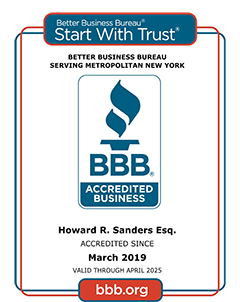Any work environment can be dangerous, but some carry far more risks for workers than others. For example, a worker in a retail store can get hurt during a robbery or if a piece of shelving comes loose from the wall.
However, most people recognize that some professionals, like construction workers and factory workers, have constant risk on the job because of the work that they perform. Rather than an unusual situation possibly leading to injury, workers in dangerous professions could get hurt just by performing their daily work responsibilities.
A construction worker could fall from a building or get struck by a tool that another worker above them dropped. These are constant risks every day, even if a worker and does their best to avoid getting hurt. Employers can either prevent workplace injuries or contribute to them by allowing unsafe work conditions. When does the dangerous job become unsafe because of the employer’s conduct?
When they don’t offer training and equipment
One of the most basic safety obligations of employers is safety training. Even experienced professionals may need a lesson on how to use specific equipment or on the company’s unique safety procedures.
Training alone isn’t enough to make a dangerous job as safe as possible. Businesses also need to provide and maintain safety equipment for their workers. They should also have operational policies that allow workers to follow property safety practices.
Providing restraints for tools used at significant elevations won’t be helpful if job demands don’t give workers enough time to secure and move the tether as necessary.
When they don’t address maintenance or cleanliness issues
Letting machinery and equipment malfunction is a form of negligence. Businesses should take every precaution necessary to keep their safety-critical machinery and equipment operating properly.
It is also important that they provide a safe and clean work environment. Messy floors and other basic maintenance oversights can contribute to workplace risk by making a worker more likely to slip and fall.
Businesses that don’t follow the right safety procedures by training their workers, providing safety equipment, prioritizing safety in daily procedures, and maintaining their facilities and tools properly may ultimately be responsible if a worker gets hurt due to those unsafe conditions.
Recognizing how your employer contributes to your risk on the job could help you hold them responsible if you suffer a serious workplace injury, like a construction accident.






